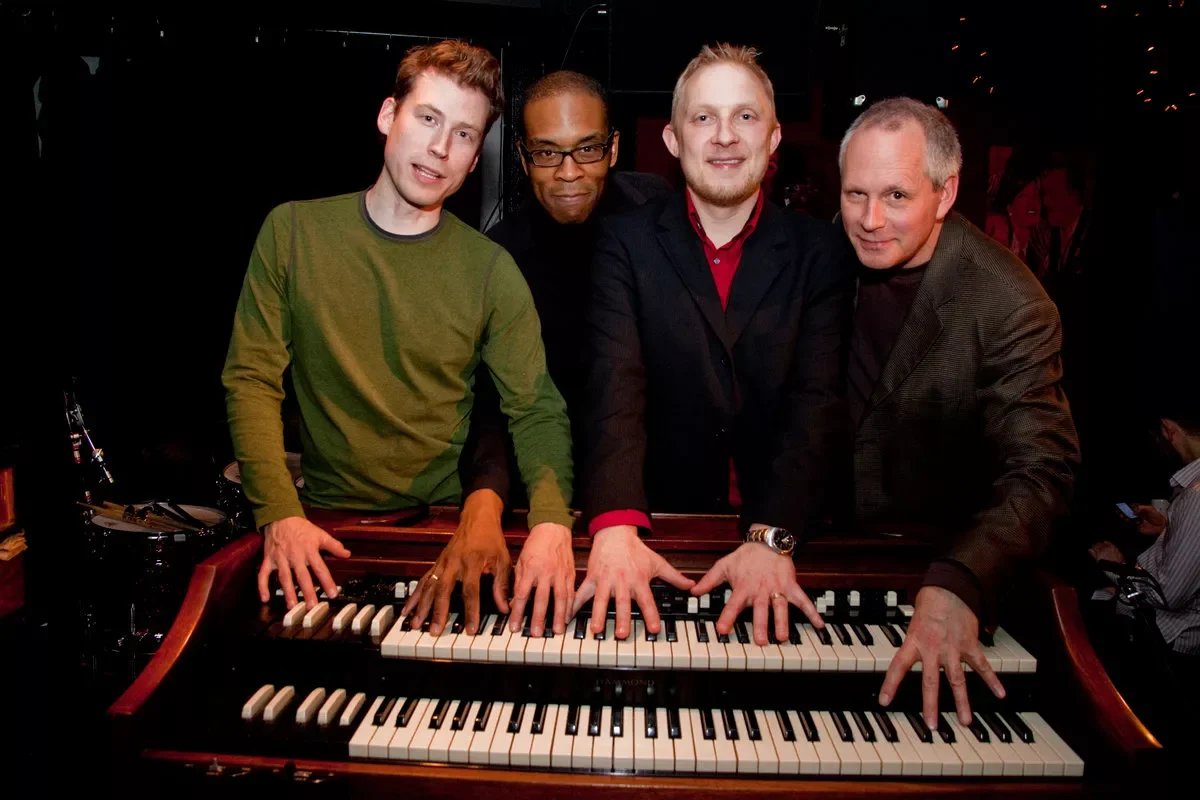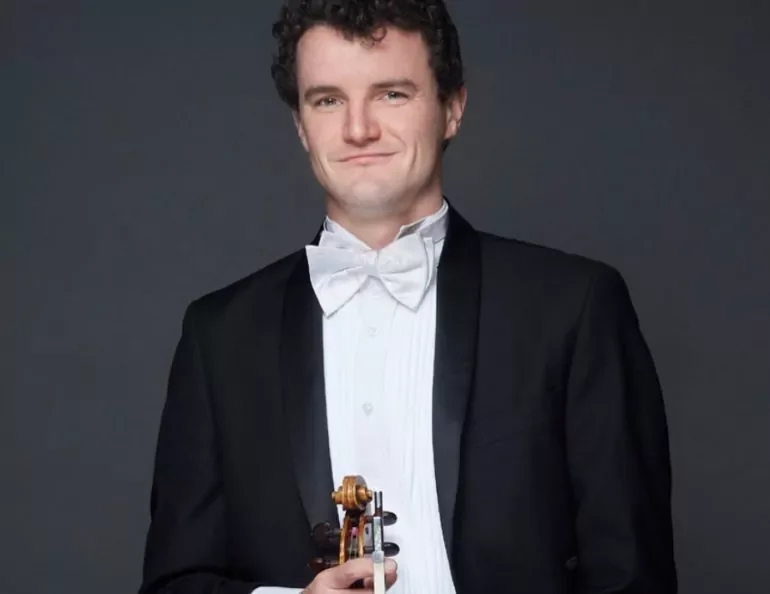Jazz songstress Emilie-Claire Barlow takes to the birds in latest album and upcoming Shadbolt Centre show
The singer and voice actor opens up about finding hope and inspiration in Oaxaca’s feathered creatures, ahead of her May 3 performance
Emilie-Claire Barlow plays the Shadbolt Centre for the Arts on May 3 at 7:30 pm
I AM TRYING—and failing miserably—to avoid quoting Emily Dickinson’s most famous poem. You know, that one about “the thing with feathers”. The one that’s been emblazoned on a million coffee mugs. The one that’s been embraced by an endless parade of wellness gurus and online meme-makers. The one that’s become a T-shirt cliché. The one that endures because, no matter how miserably over-exposed it has become in popular culture, it contains, at its heart, a kernel of truth.
And I’m also kicking myself for not asking Emilie-Claire Barlow about her relationship to Dickinson, because her latest record, Spark Bird, can be interpreted as being all about hope, and all about things with feathers. It’s also an undertaking that, at first, surprised even its maker.
“I only learned the term ‘spark bird’ after I had, in fact, found my spark bird,” the singer reveals, on the line from a tour stop in Lévis, Quebec, on the eastern shore of the St. Lawrence River. “I never really considered myself to be a birder of any kind, but I always liked birds. I always appreciated birds; I think most people do. I find them to be entertaining and amusing and interesting. But I’ve spent quite a bit of time on the Pacific coast of Oaxaca, Mexico, over the last 10 years or so, and it was then that my interest in birds really blossomed, because that particular area is an area of extreme biodiversity—plants and animals and snakes and colourful birds.
“We were renting a house, and every morning at the same time I’d hear this tap-tap-tap and a squawk at the window of the guest room,” Barlow continues. “And every time I would peek around the corner to see what it was, it would fly off. I’d just catch this flash of yellow and black. And finally I set up a video camera in the room and caught this beautiful creature on camera, and it turned out to be a yellow-winged cacique, which is a very common bird endemic to that area of Oaxaca.
“I started seeing them everywhere,” she adds, “and of course started recognizing their calls, their songs, and that really jump-started my interest in birds.”
From watching birds, it was not a great leap to imitating them. “Being a voice actor and a singer, if I hear something that I find particularly interesting I immediately want to try to mimic that sound,” Barlow says. “So I started doing that almost subconsciously, and then I started to become familiar with a lot of the birds in that area and be able to identify and enjoy their sounds. It’s almost like an orchestra warming up in the morning, when the birds start layering their different calls and sounds as they start their day. So the birds became an important part of my life, and during the pandemic they were a source of comfort, entertainment, and distraction for me. That’s when I started with the idea of perhaps putting an album together of bird-inspired songs.”
Spark Bird is the result, and while you will comb its grooves in vain for any out-and-out bird imitations, things with feathers appear in every song. There are the bluebirds, of course, in Harold Arlen and Yip Harburg’s “Over the Rainbow”; the titular songbird of Johnny Mercer and Hoagy Carmichael’s “Skylark” makes an appearance; and George and Ira Gershwin’s “Little Jazz Bird” expresses the freedom that the Tin Pan Alley brothers found in early jazz.
The most significant and metaphorical bird here, however, only takes flight in dreams. Barlow has turned to Manolo García for Spark Bird’s final track, “Pájaros de Barro”, in which the Spanish lyricist makes clay birds to represent his hopes, then flings them skyward. It’s arguably the record’s strongest performance, and that it’s sung in Spanish is a definite sign of what’s to come.
“‘Pájaros de Barro’ is a beautiful song,“ Barlow enthuses. “The lyrics are poetic, and it’s really open to interpretation. Actually, there’s a whole website devoted to trying to understand what he’s saying in this song. There is a fairly obvious ‘carpe diem’ message; don’t let your life pass you by. And, yeah, there’s an ending and a beginning and a new chapter of my life starting for me, personally and professionally—but I’ve always felt unafraid to make big changes in my life, and that’s something that I want to hold on to. It’s easy to get stuck in a comfortable place, but I’m very open to what might await me. Spending time in Mexico was a whole new chapter for me.”
What the next chapter holds for the singer remains to be seen, although it will undoubtedly involve more songs in Spanish and, consequently, a step away from “jazz singer”stereotypes. Barlow plans to bring in some of the electronic soundscapes that factored into her Bocana duo side project, along with other influences drawn from her highly eclectic listening habits.
“There’s a general movement away from genre, and I think streaming is a big part of that,” Barlow explains. “Something that I really love about the world of streaming is that instead of being categorized by genre, music is categorized by mood. And I love that, because that’s the kind of playlist that I might make for myself—like a mixtape, right?
“This doesn’t take away from the fact that a person can make an album, and you can listen to that album from start to finish as one piece of work,” she adds. “But it’s an interesting concept to categorize music in terms of ‘How do I feel right now?’ or ‘What’s the music that’s going to meet me there?’ or ‘What will make me feel the way that I need to feel if I need to have a good cry?’ So that is something that I’m thinking about, too. I’d like to make something that is a mood.”
Mood music for moderns? Sounds like a laudable goal.
![]()













